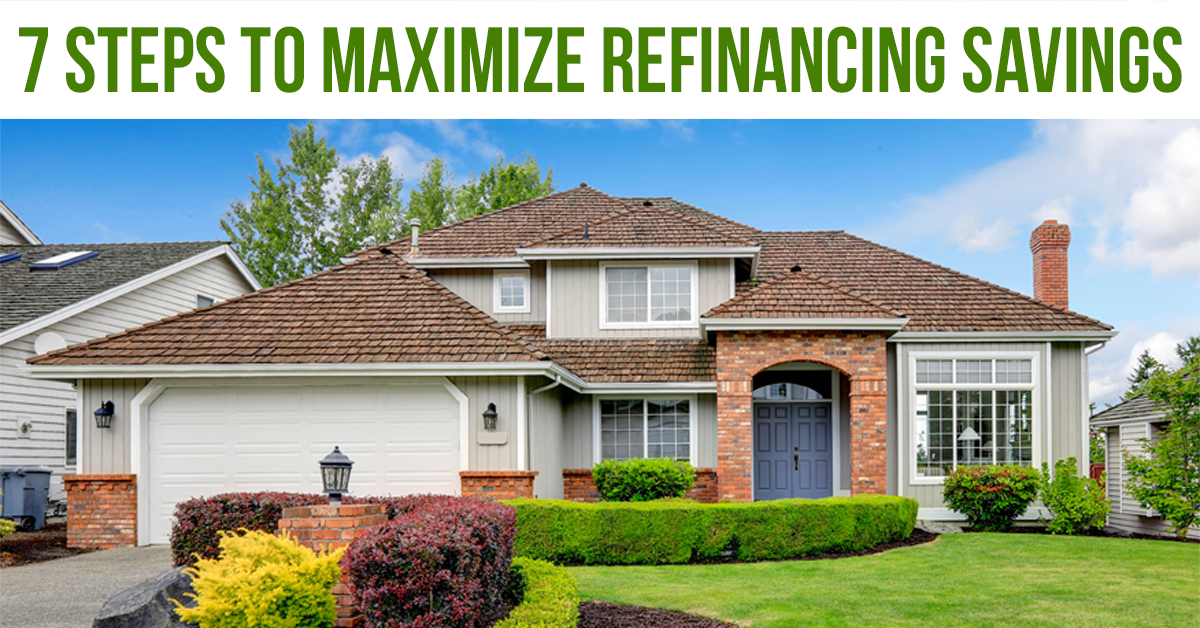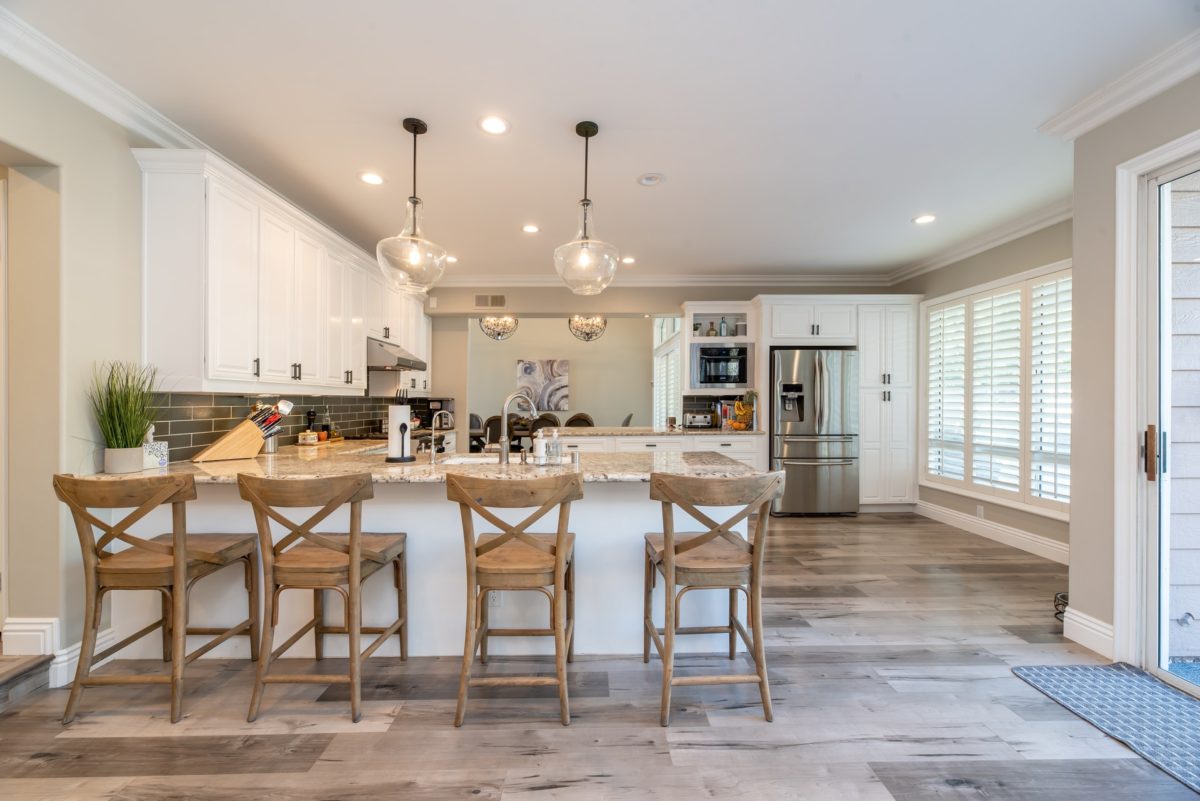Refinancing Your Home
7 Steps to Maximize Mortgage Refinancing Savings
When the time is right to refinance your mortgage, you’ll probably want to make it as painless as possible. It’s a natural inclination to simply contact your current mortgage holder and take them up on one of the many offers they may have made to
Why You Should Stop Waiting To Sell
The Property Line: Why You Should Stop Waiting to Sell Your Home
Real estate agents have an urgent message for homeowners: Now is the time to sell. “A lot of people are missing the best market now by waiting,” says agent Kris Lindahl.
Home sellers wield formidable negotiating mojo because demand
Fixer-Uppers
What First-Time Home Buyers Should Know About Fixer-Uppers
A perfect home can be hard to find these days, especially if you’re a first-time home buyer on a budget.
That could be why nearly 60% of home shoppers age 18-34, many of whom may be buying for the first time, say they’re open to a house



